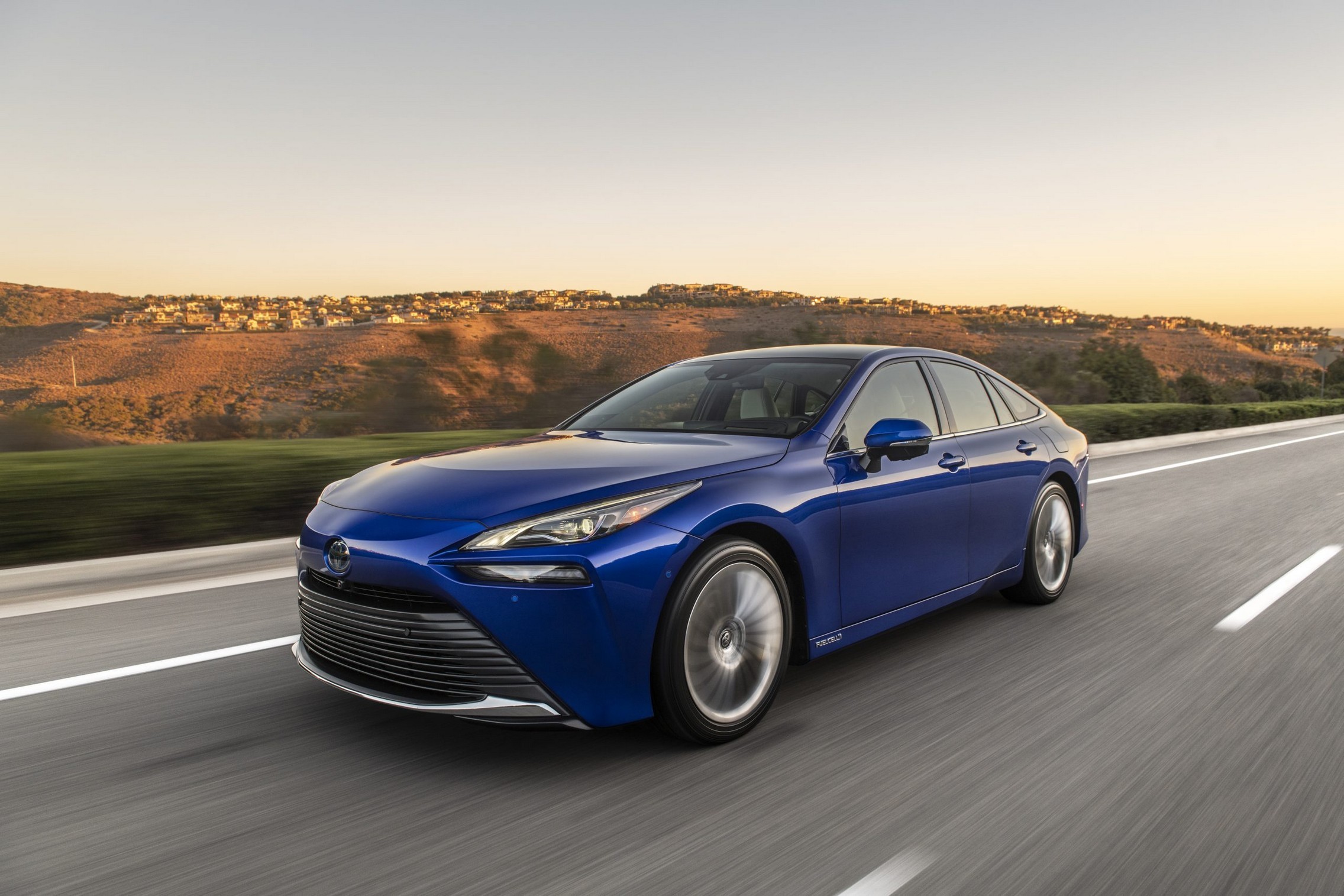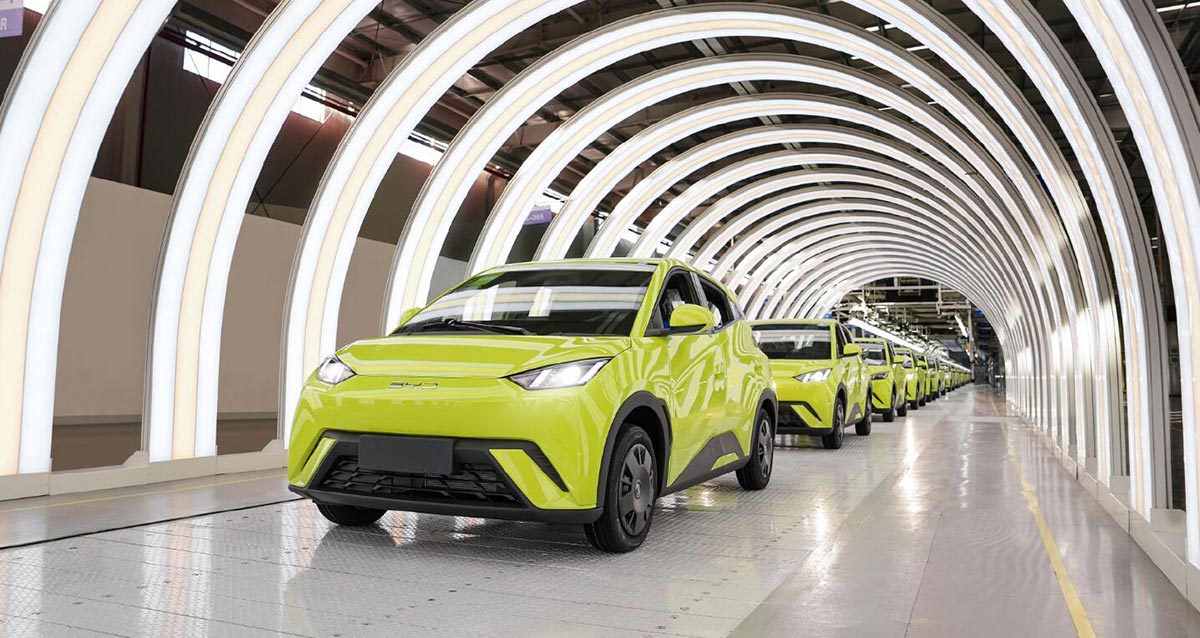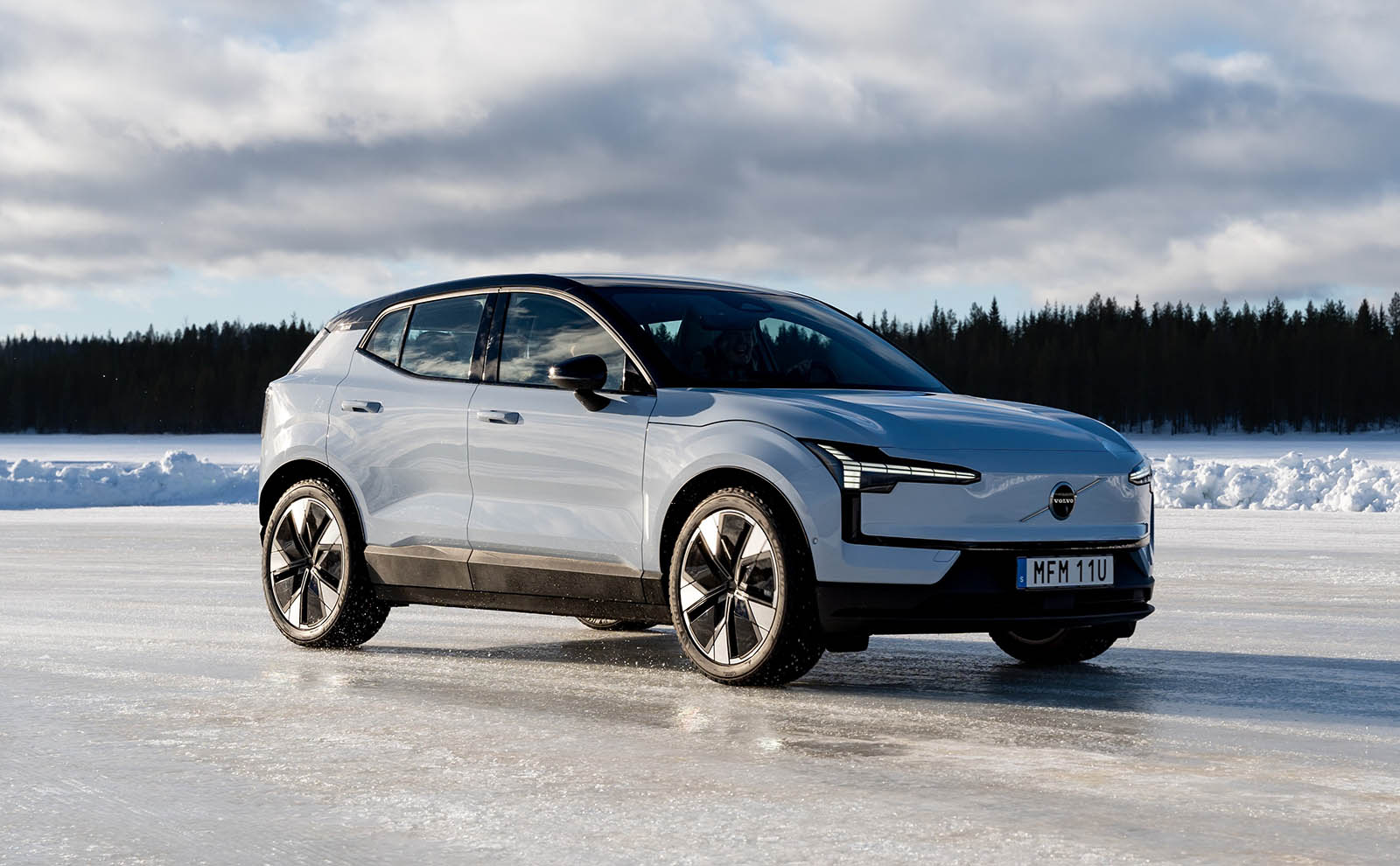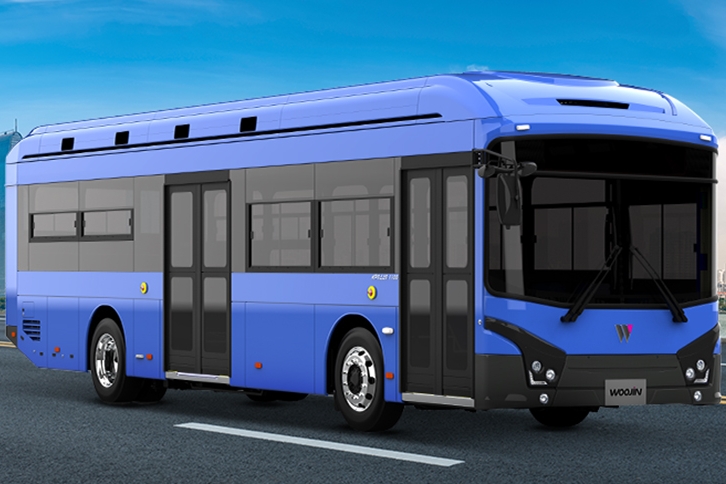Hydrogen fuel cell car sales in the United States plummeted during the second quarter of 2024, marking a significant downturn for the niche market primarily centered in California, where series-produced models are available.
According to data from the Hydrogen Fuel Cell Partnership, only 99 new hydrogen fuel cell cars (FCVs or FCEVs) were sold across the U.S. in Q2, reflecting a sharp 91% year-over-year decline and reaching the lowest level since Q4 2015 when the hydrogen segment was in its infancy.
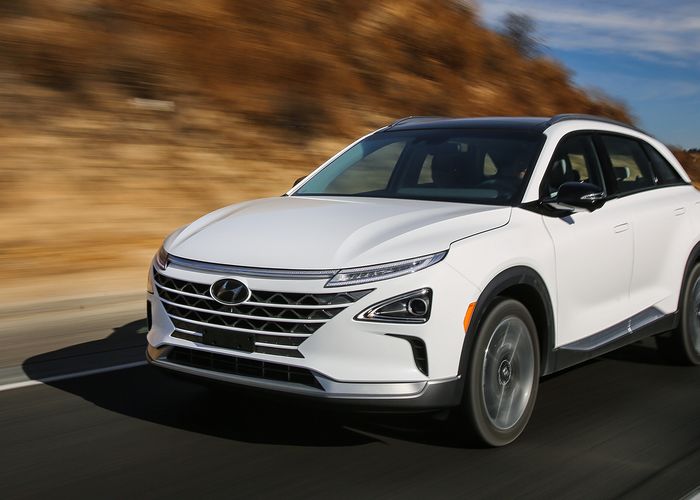
The sales figures, sourced from Baum and Associates and encompassing sales to both retail and fleet customers, underscore a challenging period for FCV models currently on the market. Of the two models available, the Toyota Mirai saw 73 units sold in Q2, down 93% year-over-year, while Hyundai Nexo sales amounted to 26 units, declining by 35% from the previous year.
Looking ahead, Honda plans to re-enter the hydrogen market in the latter half of the year with its 2025 Honda CR-V e FCEV model, which will feature plug-in capability but will be available exclusively for lease in limited quantities of “north of 300 units” per year. Despite this reintroduction, the impact on the overall FCV landscape is expected to be minimal.
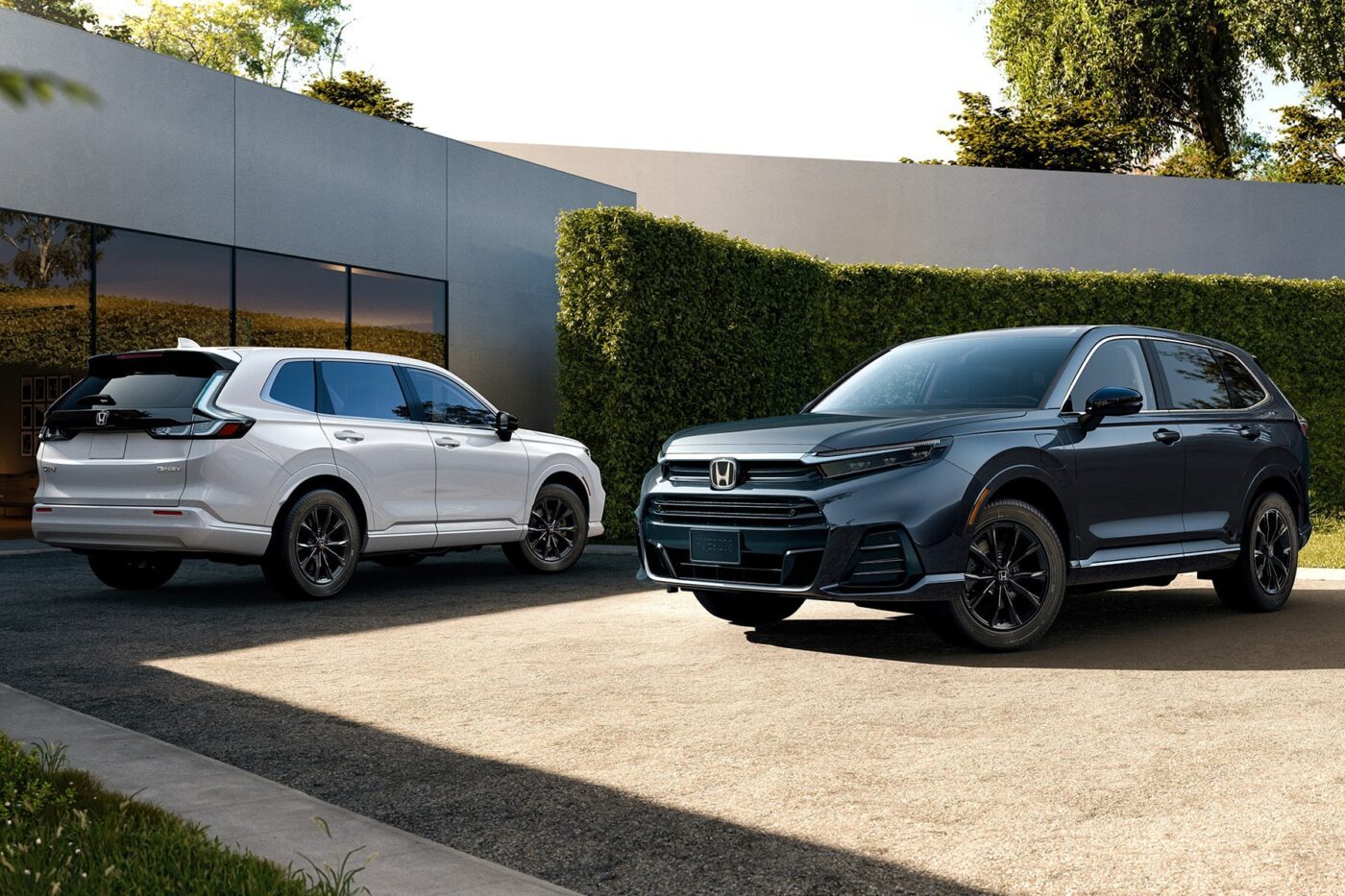
In the first half of 2024, total FCV sales amounted to 322 units, marking an 82% decline compared to the same period last year. Toyota Mirai sales reached 245 units (down 86%), while Hyundai Nexo recorded 77 units sold (down 27%).
In 2023, the U.S. saw 2,978 new hydrogen cars sold, a modest increase of 10% compared to 2022 figures. Cumulatively, over 18,000 FCVs have been sold in the U.S. as of the end of Q2 2024, with the Toyota Mirai accounting for nearly 79% of all FCV sales, surpassing 14,000 units.

As of July 3, 2024, California hosted 54 open retail hydrogen stations, slightly down from April, with additional stations in various stages of development and permitting. The ratio of cars to stations stands at approximately 338, adjusted for early vehicles that have been retired from service.

